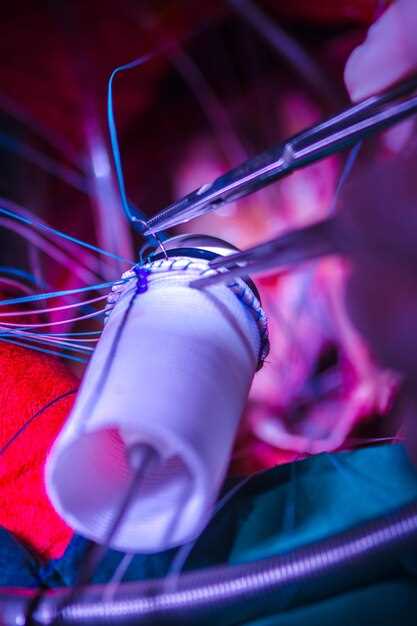
The evolution of automotive technology has led to significant advancements in various systems, with braking systems being one of the most critical areas of development. Brake-by-wire technology marks a revolutionary approach in how braking is achieved, replacing traditional mechanical links with electronic controls. This innovation not only enhances responsiveness but also allows for more precise modulation of brake force, which is essential in the high-stakes environment of racing.
In conventional systems, brake performance can be limited by mechanical components, which may introduce delays and inconsistencies. The brake-by-wire system, however, utilizes electronic signals to activate braking mechanisms, offering a more efficient and reliable means of controlling speed and stability. This shift to an entirely electronic braking system provides racers with enhanced control over their vehicles, leading to improved lap times and overall performance.
Moreover, the integration of brake-by-wire technology introduces opportunities for customizable braking profiles tailored to individual driving styles. Racers can adjust settings on the fly, optimizing their setup for various track conditions and personal preferences. This level of adaptability can be a game-changer in competitive racing, allowing teams to gain a strategic advantage in the ever-evolving dynamics of motorsport.
Understanding the Mechanics of Brake-by-Wire Systems

Brake-by-wire systems represent a significant advancement in automotive technology, particularly in the realm of racing. These systems replace traditional hydraulic brake setups with electronic controls, providing improved performance and flexibility.
The core mechanics of brake-by-wire systems involve several key components:
- Electronic Sensors: These sensors detect the driver’s input on the brake pedal and send signals to the control unit.
- Control Unit: The heart of the system, the control unit processes the signals from the sensors and determines the appropriate braking force to apply.
- Actuators: These components are responsible for physically engaging the brakes based on the control unit’s commands, allowing for precise modulation.
- Feedback Systems: Advanced feedback mechanisms ensure the driver experiences a natural braking response, akin to conventional brake systems.
One of the primary advantages of brake-by-wire systems is their ability to optimize braking performance. This optimization is achieved through:
- Rapid Response Times: Electronic signals offer almost instantaneous reaction times compared to hydraulic systems, allowing for quicker braking responses.
- Adaptive Braking: The system can adjust braking force based on various factors such as speed, weight distribution, and track conditions.
- Weight Reduction: Eliminating hydraulic components reduces the overall weight of the vehicle, enhancing speed and agility.
Moreover, brake-by-wire technology facilitates advanced features that are not feasible in traditional systems:
- Dynamic Braking Distribution: The system can alter brake force distribution among the wheels, improving overall stability during cornering.
- Integration with Vehicle Dynamics Control: Brake-by-wire systems can seamlessly work with traction control and stability systems, enhancing safety and performance.
In summary, the mechanics of brake-by-wire systems hinge on a synergy between electronics and braking components. This integration not only elevates racing performance but also paves the way for future innovations in vehicle safety and handling.
Evaluating the Advantages of Electronic Control in Racing

In modern motorsports, the integration of electronic control systems has revolutionized vehicle performance and safety. Unlike traditional mechanical setups, brake-by-wire technology allows for precise modulation of braking forces through advanced electronics. This reduced lag and enhanced response time significantly improve lap times and overall race strategy.
One of the primary advantages of an electronic control system is its ability to adapt to varying track conditions in real-time. By continuously monitoring data from sensors, the system adjusts braking parameters dynamically, optimizing performance under diverse circumstances. This capability enhances drivers’ confidence as they push their vehicles to the limit.
Furthermore, electronic systems enable complex algorithms to manage braking force distribution between the wheels. This leads to superior stability and cornering capabilities, essential factors in racing where every fraction of a second counts. The ability to fine-tune braking characteristics allows teams to customize setups for specific circuits, facilitating strategic advantages during competitions.
Another significant benefit of brake-by-wire technology is weight reduction. Traditional hydraulic systems involve bulky components that add unnecessary weight to the vehicle. In contrast, electronic systems are lighter, contributing to improved power-to-weight ratios, which are crucial for enhancing speed and acceleration.
Additionally, electronic control systems provide valuable telemetry data that can be analyzed post-race. Teams gain insights into braking performance, enabling them to make informed adjustments for future races. This data-centric approach fosters continuous improvement and innovation in racing strategies.
In conclusion, the advantages of electronic control in racing are numerous, encompassing improved responsiveness, adaptability, weight reduction, and enhanced data analytics. These factors collectively contribute to superior performance on the track, highlighting the pivotal role of electronics in modern motorsports.
An Analysis of Brake-by-Wire Performance in Competitive Environments
Brake-by-wire technology has significantly transformed the landscape of automotive racing, providing a more responsive and precise braking system compared to traditional mechanical setups. This advancement is primarily attributed to the integration of sophisticated electronics that enable real-time adjustments and improved feedback mechanisms. In competitive environments, the performance of brake-by-wire systems is crucial, as it directly influences lap times, vehicle stability, and driver control.
One of the key advantages of brake-by-wire systems is their ability to optimize braking performance through electronic modulation. Unlike conventional brake systems that rely on hydraulic pressure and physical components, brake-by-wire utilizes sensors and actuators to command braking forces. This electronic management allows for enhanced consistency and predictability, which is vital in high-pressure racing situations where every millisecond counts.
The adaptability of brake-by-wire systems also plays a critical role in competitive racing. Engineers can program electronic responses to suit various racing conditions, including wet surfaces or track changes, enhancing the driver’s confidence and speed. Moreover, with data acquisition systems integrated into these technologies, teams can analyze braking patterns and make informed adjustments to maximize performance, providing a strategic edge over competitors.
However, the reliance on electronics introduces potential vulnerabilities. In a racing environment, any electronic failure can lead to catastrophic consequences, emphasizing the importance of robust system design and thorough testing. Advanced diagnostics and redundancy features are essential to ensure these systems can withstand the extreme conditions of competitive racing.
In summary, the performance of brake-by-wire systems in competitive environments is characterized by their precision, adaptability, and reliance on advanced electronics. With ongoing innovations, this technology will continue to enhance racing capabilities, making it a cornerstone of future motorsport advancements.











